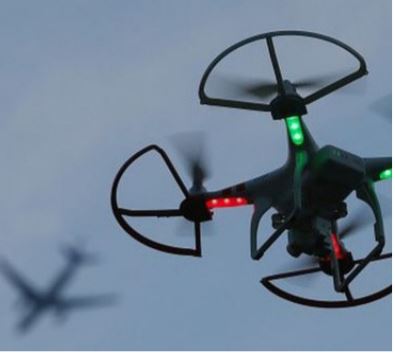
The Australian Transport Safety Board has recently investigated the chances of an airplane colliding with a drone. It has issued a 48 page report: A safety analysis of remotely piloted aircraft systems.
These are some of the findings in the report:
- In 2016, there were 69 reported near encounters with drones in Australia. There are no reported collisions to date in Australia.
- World-wide, there have been 5 known mid-air collisions between drones and aircraft, one of which ended fatally (it was a glider in Germany).
- One half of the near encounters in Australia were above 1,000 ft up to 5,000 ft, with 16% above 5,000 ft, so there is a real danger to aircraft, especially during take-off and landing near airports.
- The Australian Transport Safety Board has used bird strike data to model the damage expected to aircraft from drone strikes.
- Given that aircraft like the Boeing 737 and Airbus A320 families are certified to withstand bird strikes where the bird weighs up to 3.65 kg, the focus is on the damage caused by large birds (which weigh more than 3.65 kg).
- In 2014-2015 there were large bird strikes at or near these airports: Brisbane (a Pelican and two Eagles), Cairns (Eagle), Darwin (Jabiru), Sydney (Pelican), Avalon (Eagle), Launceston (Swan) and Rockhampton (Pelican).
- Mostly, the aircraft's wings and tail will be damaged, resulting in loss of control. There is also the possibility that the drone might penetrate the windscreen resulting in pilot incapacitation.
- Engine ingestion will occur in about 8% of drone strikes, which may cause engine damage and shutdown. Unlike birds which will liquefy when ingested (the rotor blades act as a blender), the components of a drone are rigid and in the case of the battery heavy and possibly combustible, and so are likely to cause more damage.
For more information, and a commentary upon the CASA Drone Safety Laws, click on my article:
